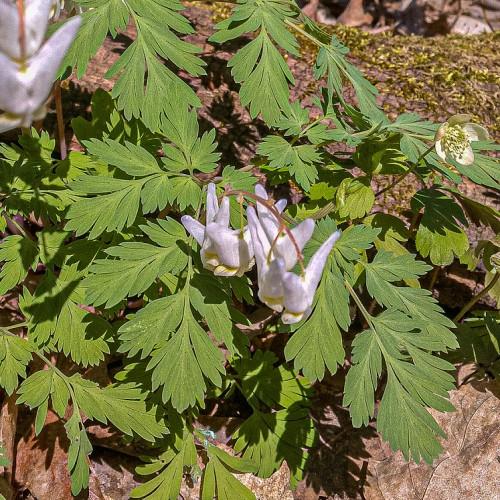
Dutchman's breeches
Dicentra cucullaria
Cycle:
Herbaceous Perennial
Watering:
Average
Hardiness Zone:
3 - 7
Flowers:
Flowers In Spring
Sun:
Part shade,full shade
Leaf:
Yes
Growth Rate:
Low
Maintenance:
Moderate
Care Level:
Medium
watering
Dutchman's Breeches should be watered regularly during the spring and summer and more sparingly in the fall and winter. During the growing season, water the plant deeply and thoroughly yet be mindful not to overwater. Allow the soil to dry out slightly in between waterings. During the winter season, water only when the top inch of soil becomes dry. Check the moisture levels of the soil before watering as this species is particularly susceptible to root rot. Water the soil around the roots instead of directly on the foliage, and avoid getting the foliage wet.
sunlight
Dutchman's Breeches (Dicentra cucullaria) are best grown in areas that receive partial to full shade and bright, indirect sunlight. They require approximately 4 to 6 hours of direct sunlight per day, typically in the morning or late afternoon, to flower optimally. Avoid exposing Dutchman's Breeches to the intense midday sun, as this can leave them sunburned and scorched. The plants may tolerate shade and still flower, but growth and flowering will be less profuse. As the summer approaches, some shade during the hottest part of the day may be beneficial.
pruning
Dutchman's breeches should be pruned back after flowering. This plant species typically blooms in early spring, so pruning should be done in late spring, around May or June. Using pruning shears, cut back the flowering stems but leave any newly developing foliage. Don't cut back the foliage too much, however, since this can reduce the amount of blooms the following year. If the plant has lost its shape or become overly dense, the dead stems and canes can be cut away to help the plant regain proper air circulation.
